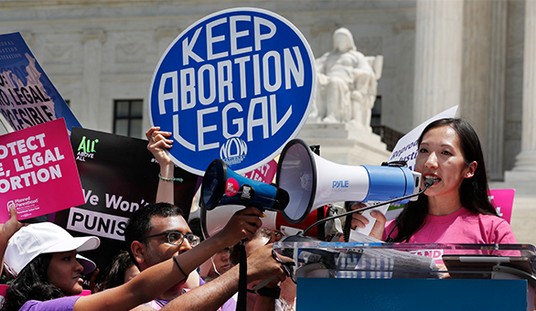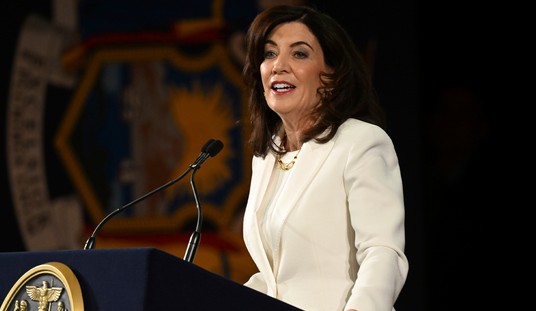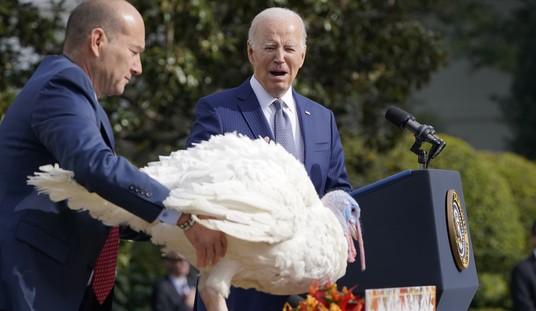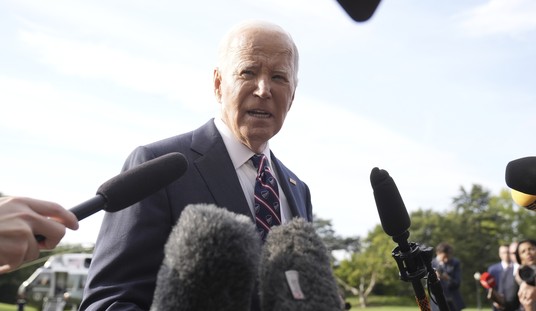Recent statistics on the students who passed the examination to get into Stuyvesant High School raise troubling questions that are unlikely to receive the kind of serious answers they deserve.
These successful applicants included 9 black students, 24 Latino students, 177 white students and 620 Asian Americans.
Since this is definitely not the ethnic makeup of the general population of New York City, we can expect to hear the usual sort of comments from those who are in the business of being indignant and offended.
The most common of these comments is that the tests are "unfair." That is of course possible, but it is also possible that the groups themselves are different. Yet only the first possibility is allowed to be mentioned, in an age when race can be discussed only with pious hypocrisy and obligatory lies.
However shocked some people may be by the ethnic breakdown among students who passed the test to get into Stuyvesant High School, similar disparities can be found among students from different ethnic backgrounds in other countries around the world. Back in the decade of the 1960s, students from the Chinese minority in Malaysia earned 20 times as many Bachelor of Science degrees as students from the Malay majority.
In Sri Lanka, children from the Tamil minority consistently outperformed members of the Sinhalese majority on university admissions tests and, in at least one year, made an absolute majority of the A's on those tests.
Recommended
Back in the days of the Ottoman Empire, Armenian students did better than Turkish students when it came to writing in the Turkish language.
What does all this mean? That people are different. Would ordinary observation and ordinary common sense not tell you that? Or dare you not even think that, in the suffocating atmosphere of political correctness?
These differences are not set in stone. Back during the First World War, low mental test scores among Jewish soldiers in the U.S. Army led one mental test expert to declare that this tended to "disprove the popular belief that the Jew is highly intelligent."
But many of the men taking the Army's mental tests during the First World War were the children of immigrants, and had grown up in homes where English was not the language used. Mental tests in later years showed Jews scoring above the national average.
Every study I know of that compares the amount of time that black students and Asian American students spend watching television, and how much time they spend on school work, shows disparities as great as the disparities in their academic outcomes.
When teaching at UCLA, years ago, I once went into a library on a Saturday night, noticed how many Asian students were studying -- and looked around in vain for any black students. How surprised should I have been when Asian students did better in the courses I taught?
A few years ago, Professor Amy Chua of Yale caused a controversy when she wrote a book about Asian "Tiger Moms" who put heavy pressure on their children to succeed in school. But a more recent book ("Gifted Hands") by black neurosurgeon Benjamin Carson shows that his mother was as much of a Tiger Mom as the Asians.
Not only did Dr. Carson rise from the ghetto to become an internationally recognized neurosurgeon, his brother became an engineer -- both of them children of a poverty-stricken mother with only three years of education. But Tiger Moms get results.
Unfortunately, we are at a stage where the interests of race hustlers is to cry "unfair" at the tests -- and they have a lot more political clout than black Tiger Moms have. So long as the rest of us are silenced by political correctness, racial progress on that front is unlikely.
Put differently, whole generations of black young people can continue to go down the drain because their fate carries less weight than fashionable racial rhetoric.

























Join the conversation as a VIP Member